Induction cooktops are becoming a popular choice in modern kitchens, thanks to their energy efficiency, precise temperature control, and sleek design. However, when it comes to choosing cookware for induction cooking, not all pots and pans are created equal. If you're an avid fan of cast iron cookware, you may wonder: Can you use cast iron on an induction cooktop?

How Does an Induction Cooktop Work? Magnets
Induction burners are a modern and efficient way of cooking, and they operate on a fascinating principle—magnetism. Unlike traditional gas or electric stoves that rely on direct heat or flame to cook your food, induction cooktops use magnetic fields to generate heat directly within the cookware.
At the core of an induction burner is a coil of copper wire beneath a smooth glass-ceramic surface. When you turn on the stove, an alternating electric current flows through the copper coil, generating a fluctuating magnetic field above the burner.

The burner’s magnetic field interacts with cookware made of ferrous metals, which are metals that contain iron—ferrous comes from the Latin word for iron, ferrum. This includes materials like cast iron and certain types of stainless steel. When a magnetic pan is placed on the induction burner, the fluctuating magnetic field creates electric currents within the metal of the pan, which in turn causes the cookware to heat up.
Here’s where it gets interesting: the cookware itself heats up from within, rather than the burner heating up and transferring heat to the pan. This direct transfer of heat makes induction cooking more efficient than traditional methods.
What Should You Not Use on An Induction Cooktop?
Based on the working of the above presentation, it can be concluded:
1. Non-Magnetic Cookware
2. Cookware with Uneven or Warped Bottoms
Induction cooktops require cookware with a flat bottom that can make full contact with the cooktop's surface. A warped, uneven, or rounded bottom can reduce the effectiveness of heat transfer, resulting in slower cooking times or uneven cooking.
3. Cookware with a Rough or Scratched Surface
Induction cooktops have a smooth glass-ceramic surface, and they are prone to scratches if rough cookware is used.
4. Cookware with a Damaged or Cracked Coating
If your non-stick cookware has a damaged or cracked coating, it could pose a risk of further degradation over time. Non-stick coatings can break down under the high heat generated by induction burners, and the pan may even become unsafe to use.
Does Cast Iron Work on Induction Surfaces?
Yes, cast iron cookware works exceptionally well on induction cooktops. In fact, cast iron is one of the most suitable materials for induction cooking due to its magnetic properties, which allow it to efficiently generate heat directly on the cooktop. Induction cooktops rely on electromagnetic fields to heat cookware, and since cast iron is made of ferrous metal (iron), it is highly compatible with this technology.
Cast iron is incredibly versatile. It can go from the induction cooktop to the oven with ease, making it ideal for dishes that require both stovetop cooking and oven finishing. From searing steaks to baking cornbread, cast iron cookware excels in multiple cooking methods. Its heat retention properties make it perfect for braising, stewing, and even deep frying on an induction stove.
Will Cast Iron Scratch on Induction Surfaces?
Yes, cast iron can scratch induction surfaces under certain conditions. While the material itself is durable and doesn’t inherently scratch induction cooktops, there are a few precautions to take:
Thermal Shock
Induction cooktops heat very efficiently, and if cast iron cookware is heated too quickly, the temperature imbalance can cause thermal shock, which might lead to cracks or breakage. To prevent this, preheat cast iron cookware slowly with oil. When the oil begins to shimmer and ripple, it's an indicator that the pan is ready. If the oil smokes, it means the pan is too hot, and you should remove it for a moment to cool down.

Movement on Glass Top
For those using induction cooktops with glass surfaces, there is a risk of scratching if the cookware is dragged. While the bottom of cast iron cookware is generally smooth, it’s a good idea to pick it up and gently set it back down when moving it between burners to avoid abrasion that could scratch the surface.
How to Protect Your Induction Cooktop from Cast Iron?
Help protect your induction cooktop by handling your cookware with care and avoid sliding it across the induction surface. Regularly cleaning the surface can also help protect the cooktop from scratches and stains. Here are some steps you can take to help protect your induction cooktop from scratches:
1. Avoid Sliding Cookware
Never slide pots or pans across the induction cooktop surface. Always lift them gently when moving them on or off the burner to prevent abrasions that could scratch the cooktop.
2. Use Enameled Cast Iron
Opt for enameled cast iron cookware. The enamel coating provides a smooth surface, which is less likely to scratch or damage your cooktop compared to bare cast iron.
3. Clean Your Cooktop Regularly
After each use, clean your induction cooktop to remove any food residue, grease, or grit that may have been transferred from the cookware. Even small particles can scratch the cooktop when the cookware is moved. Use a soft cloth or a non-abrasive cleaner to avoid damaging the surface.

4. Avoid Abrupt Temperature Changes
To prevent thermal shock, avoid heating your cast iron cookware too quickly. Sudden temperature changes can not only damage the cookware but might also increase the risk of cracking the cooktop. Preheat your cast iron slowly, ideally with a bit of oil to ensure an even temperature buildup.
Explore Ciarra Gadgets® Induction Cooktops
If you’re looking for a cooktop with reliable performance, Ciarra Gadgets® Induction Cooktops may be just right for you. With a variety of styles and features on selected models like Assisted Boil and Assisted Pan Frying—which helps make cooking spaghetti or stir fry easy—Ciarra Gadgets brand has the ideal induction cooktop for your home. Shop all Ciarra Gadgets® Cooktops.
Conclusion
In short, cast iron cookware is an excellent choice for induction cooktops, offering the benefits of even heat distribution, energy efficiency, and long-term durability. Just make sure your cast iron pans have a flat bottom, and take care to avoid scratching the cooktop surface. Whether you're using a classic skillet for a sear or a Dutch oven for a slow-cooked meal, cast iron and induction cooktops make a perfect pair.
So, the next time you fire up your induction cooktop, don’t hesitate to reach for your trusty cast iron skillet or Dutch oven. It’s a match made in cooking heaven!
You may also be interested in:
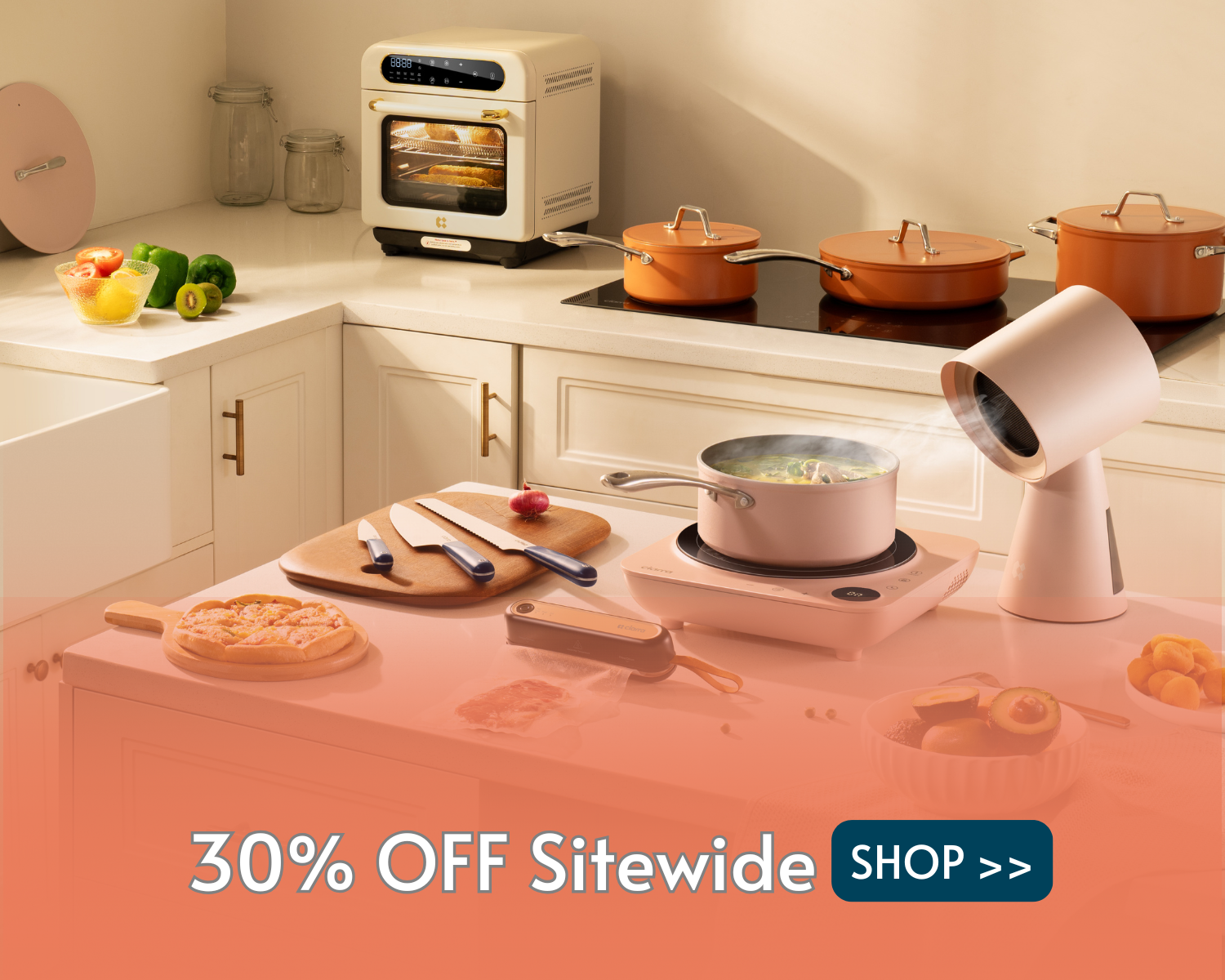
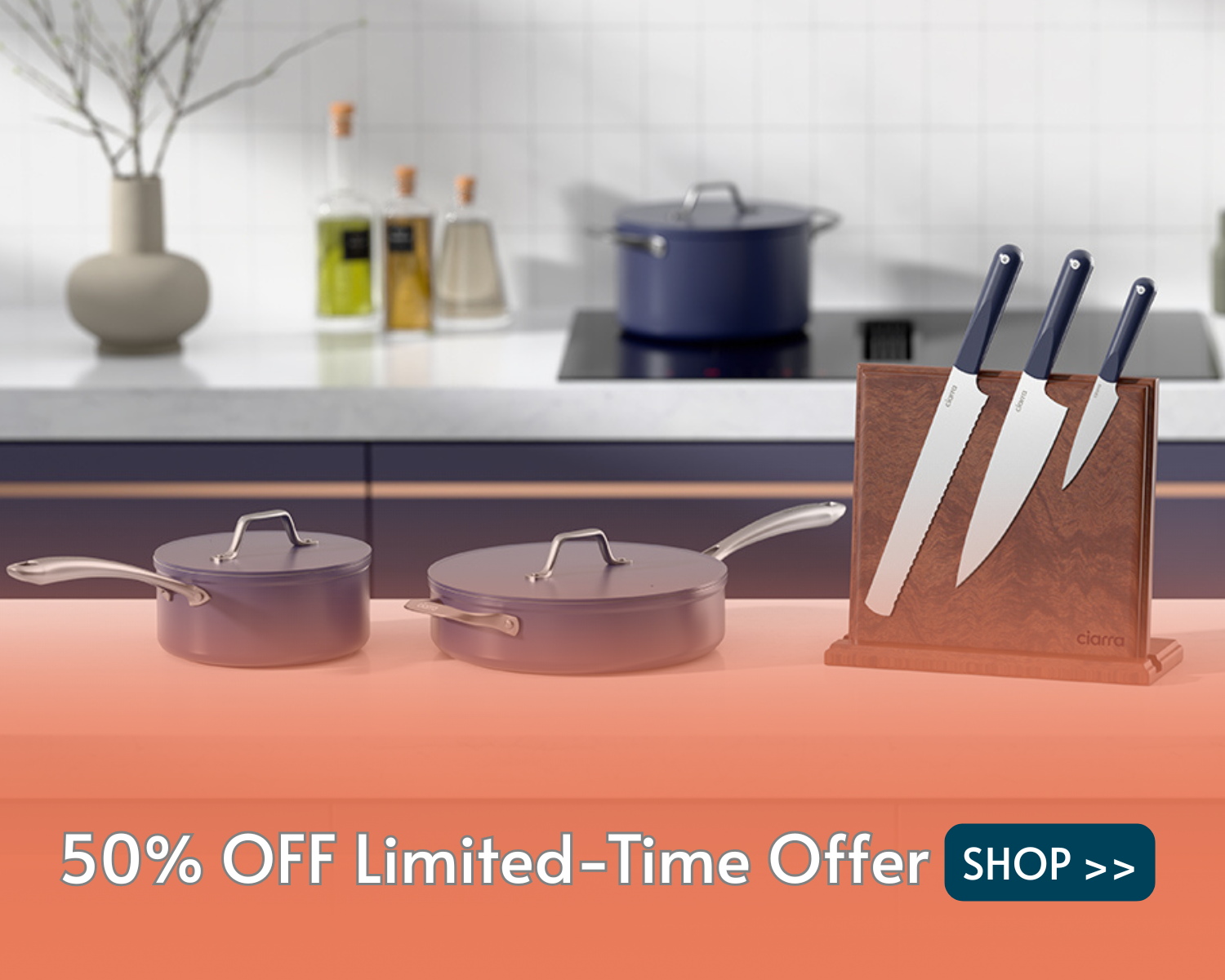
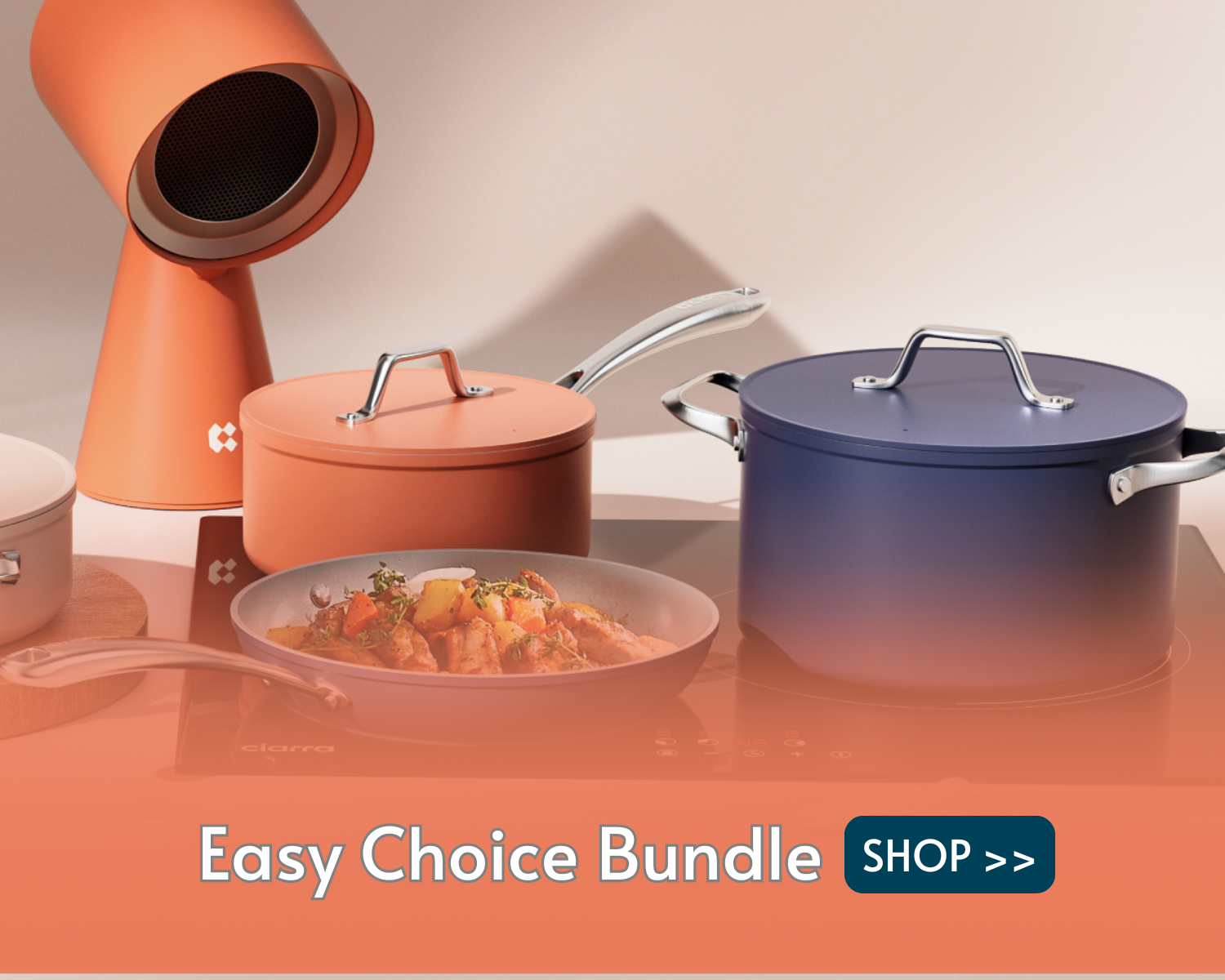
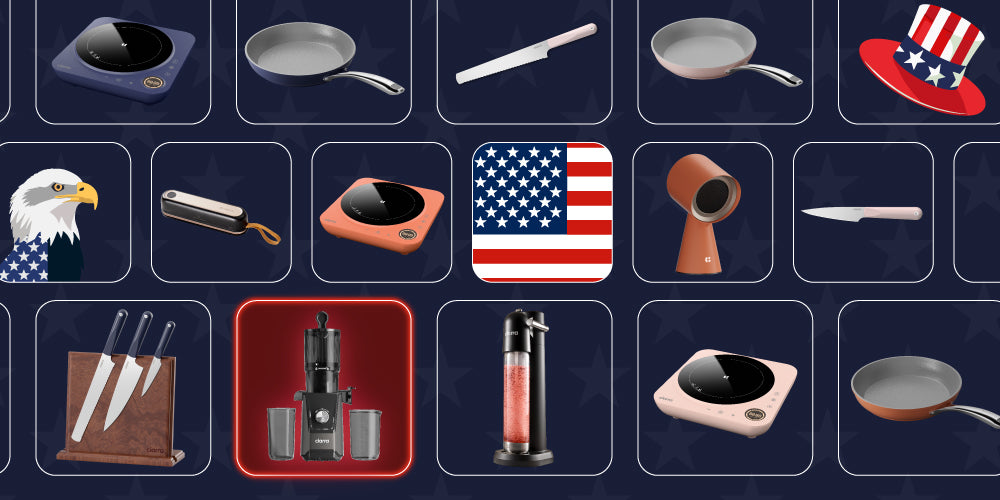
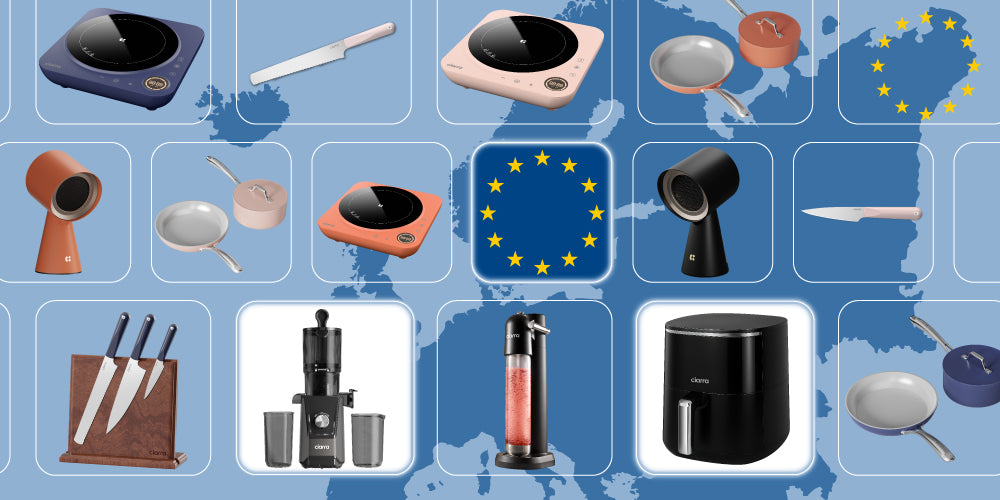
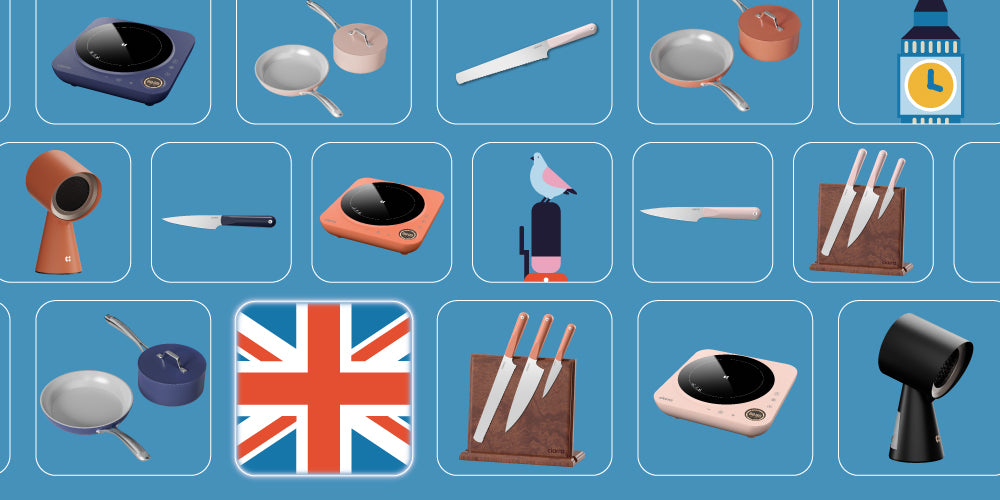
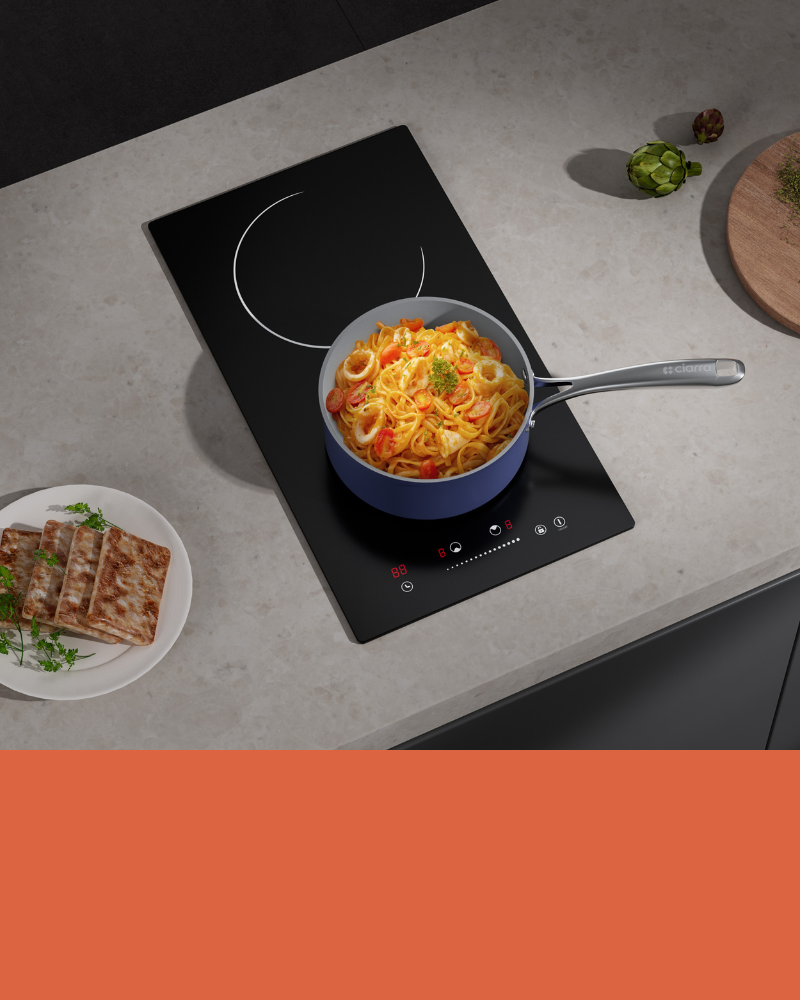
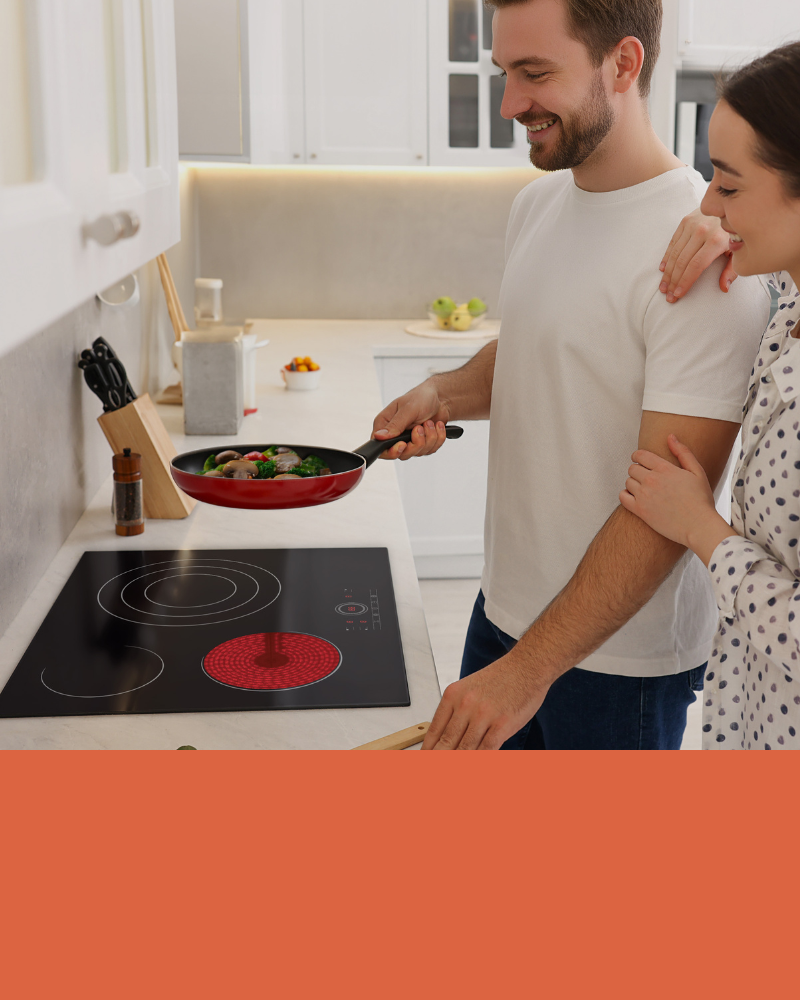
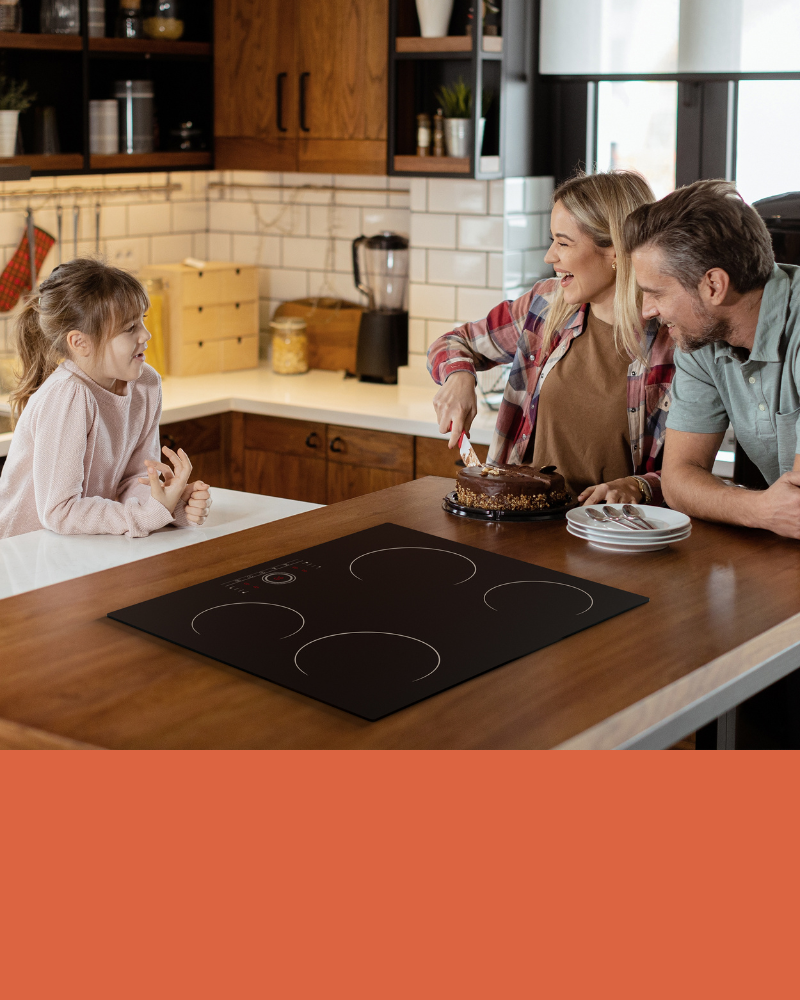
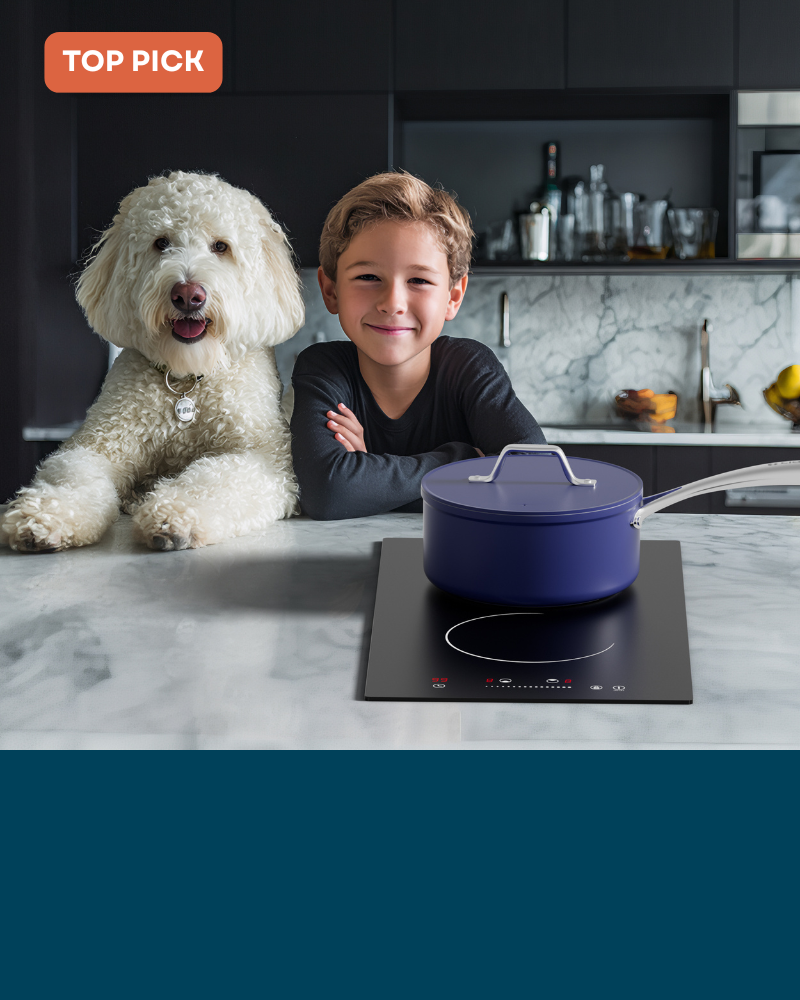
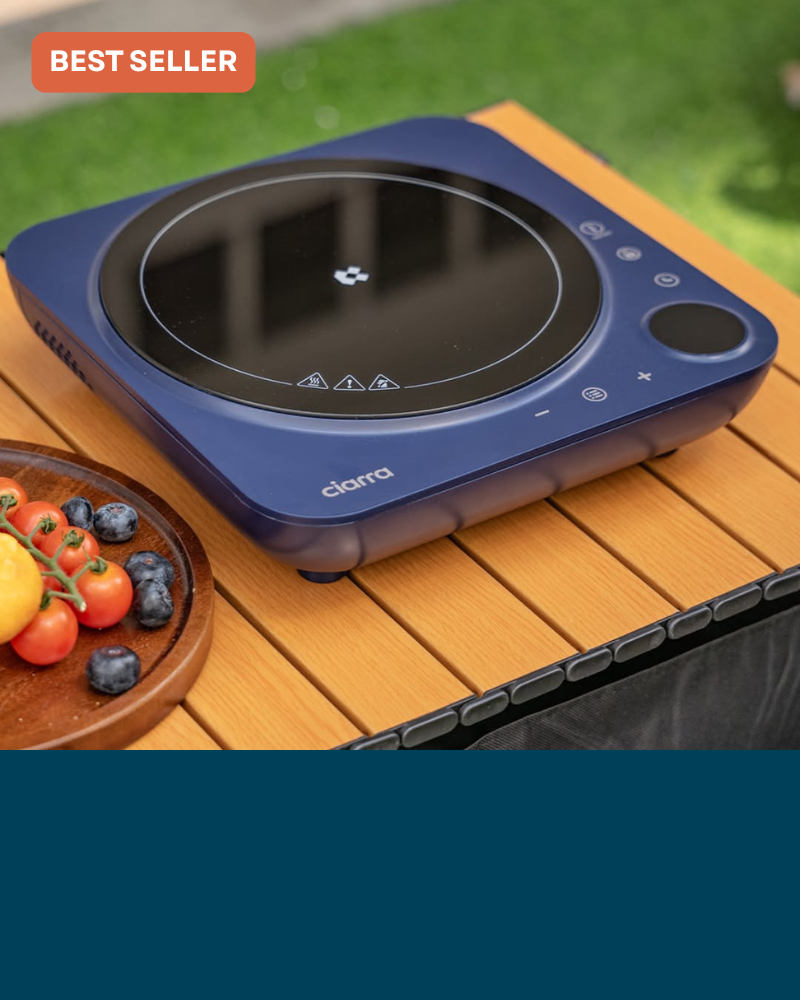
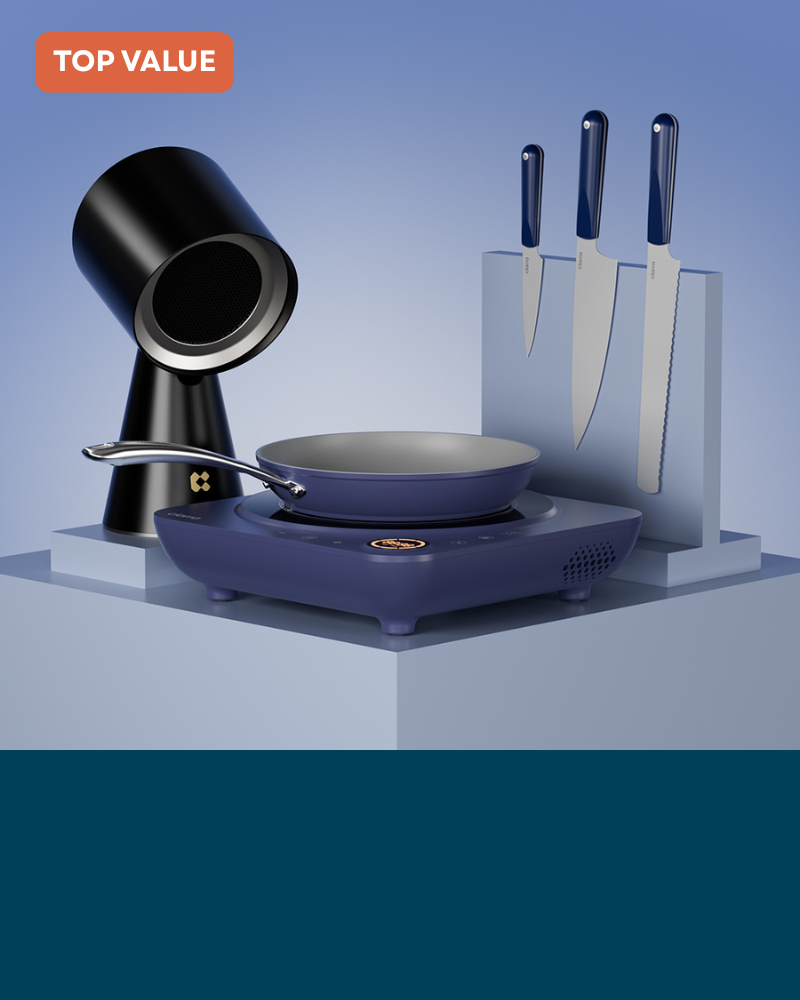
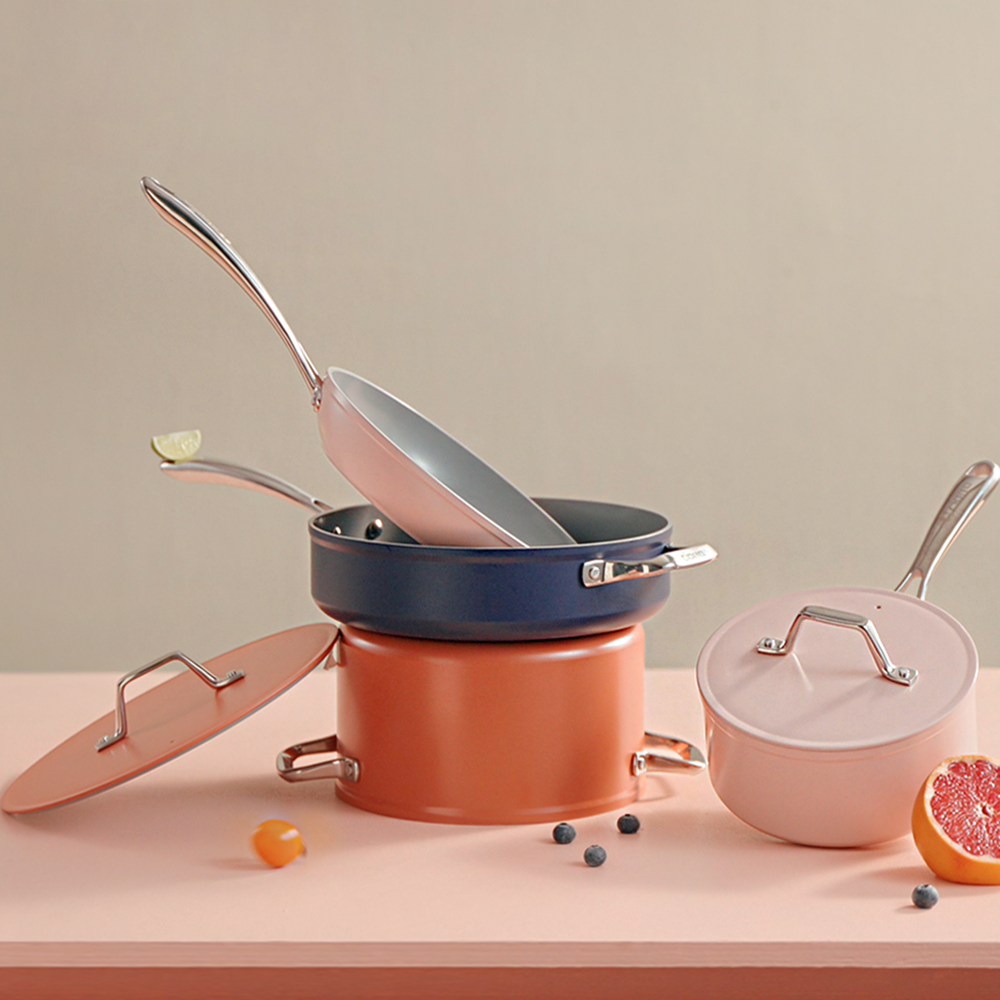
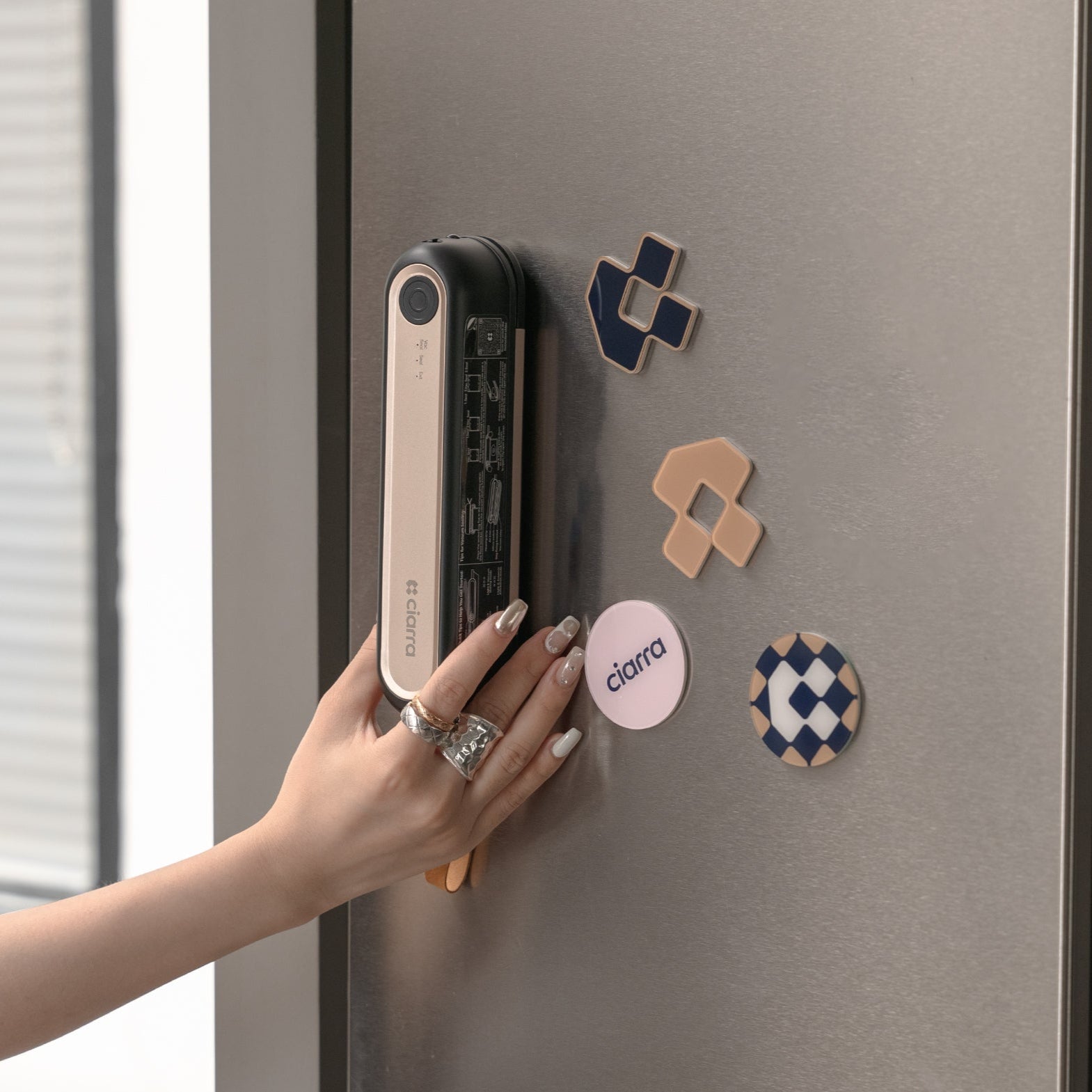
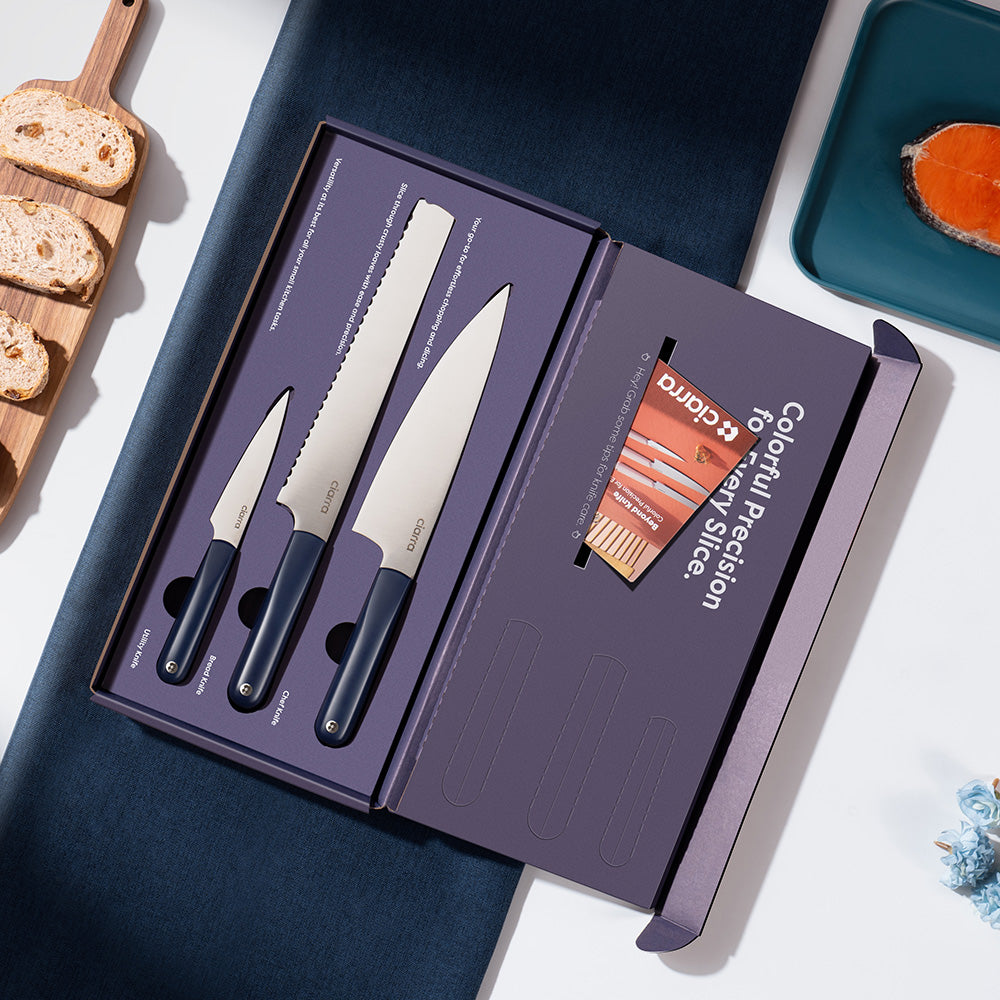

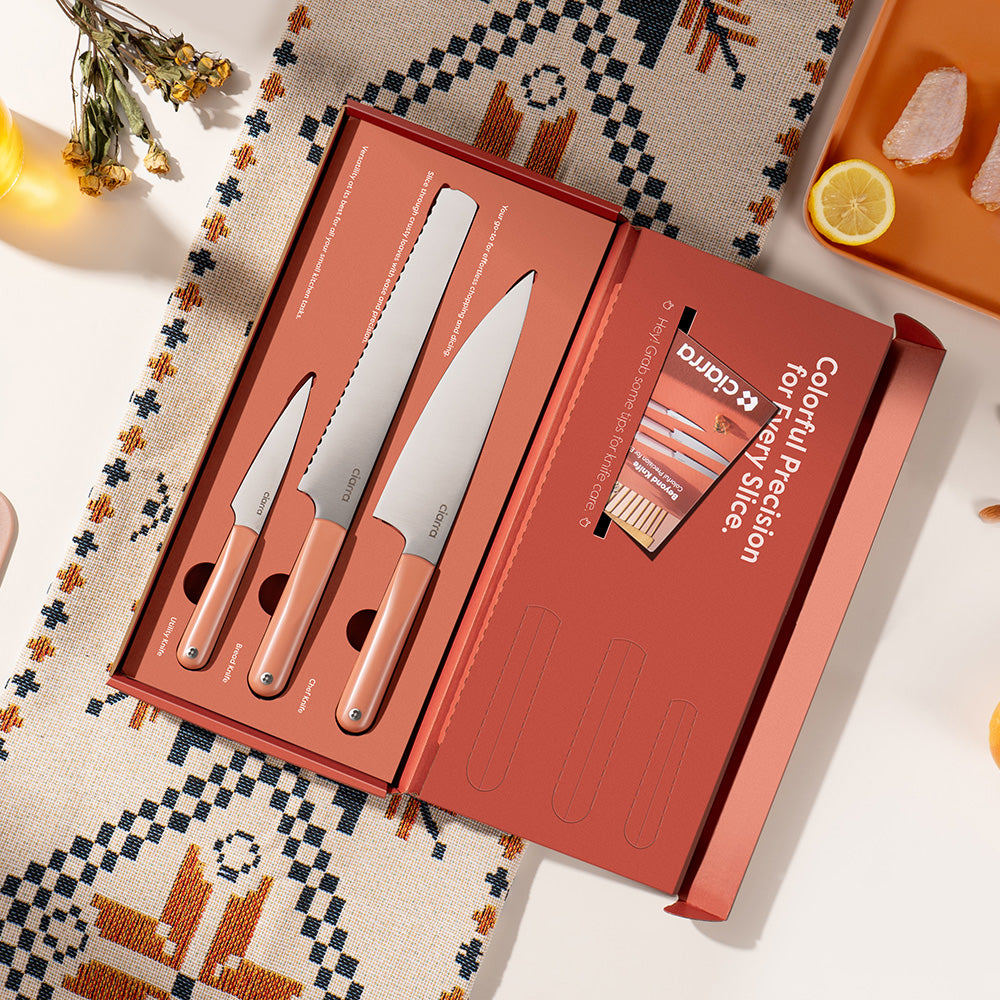
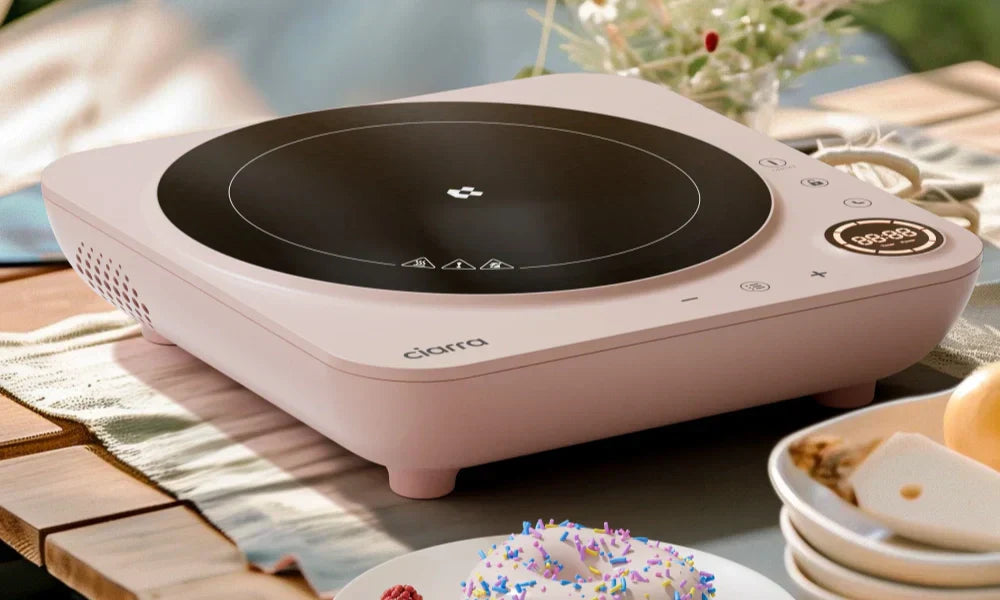

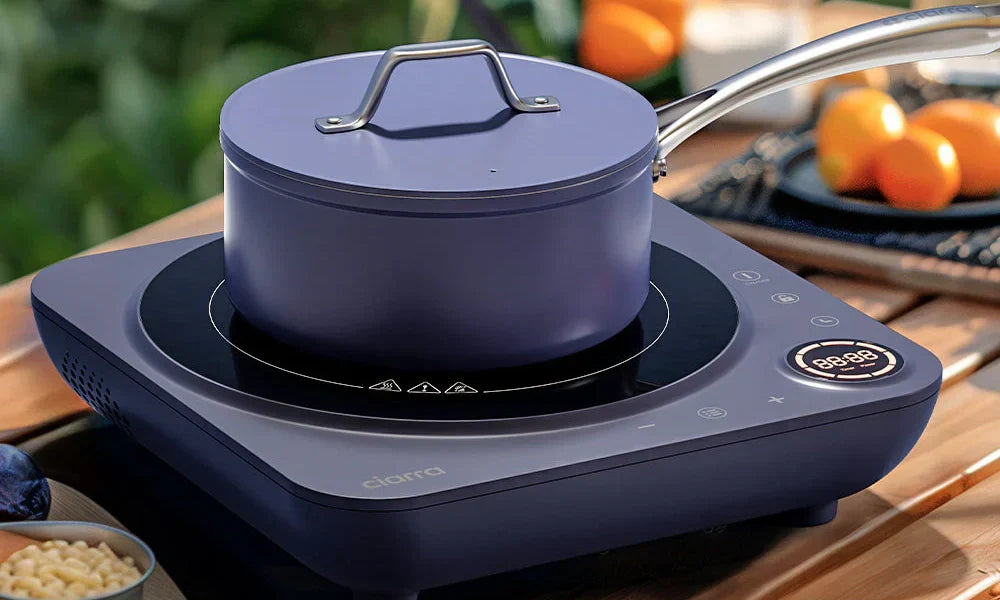
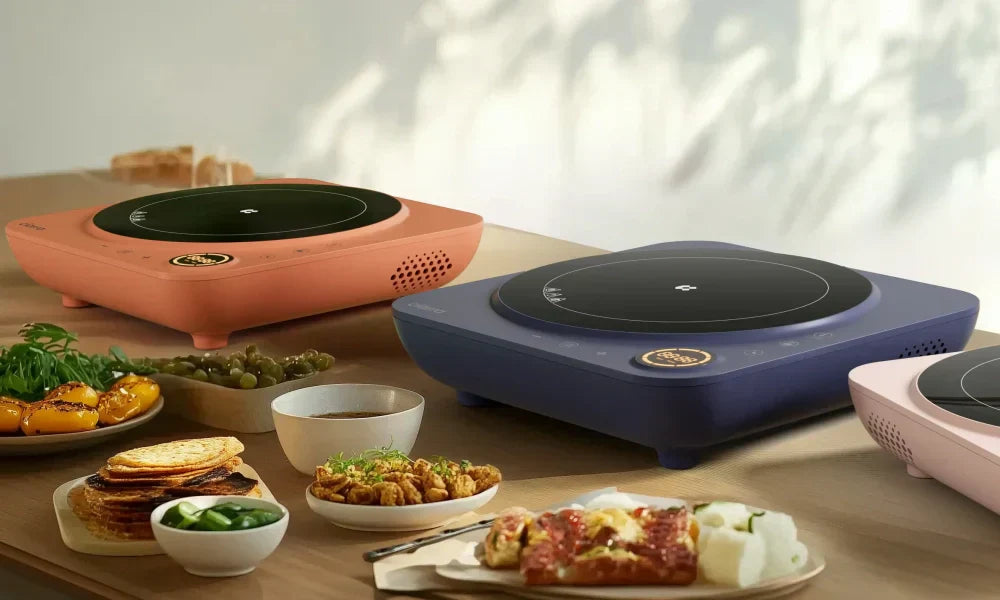
Leave a comment
All comments are moderated before being published.
This site is protected by hCaptcha and the hCaptcha Privacy Policy and Terms of Service apply.